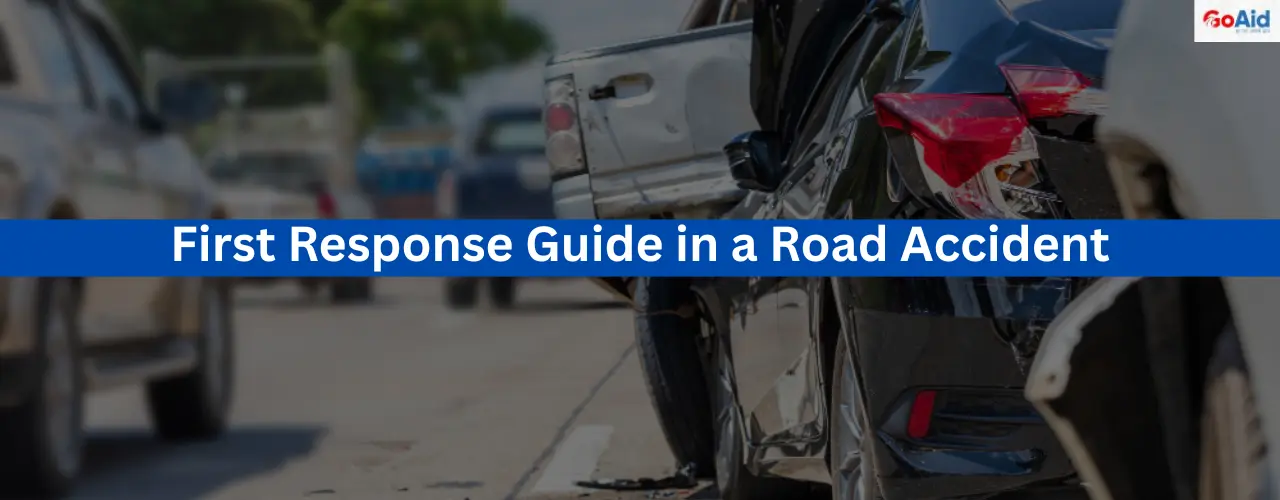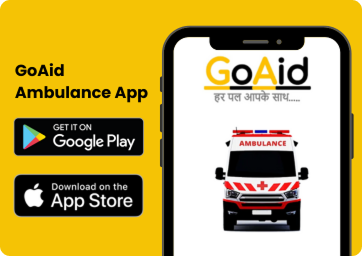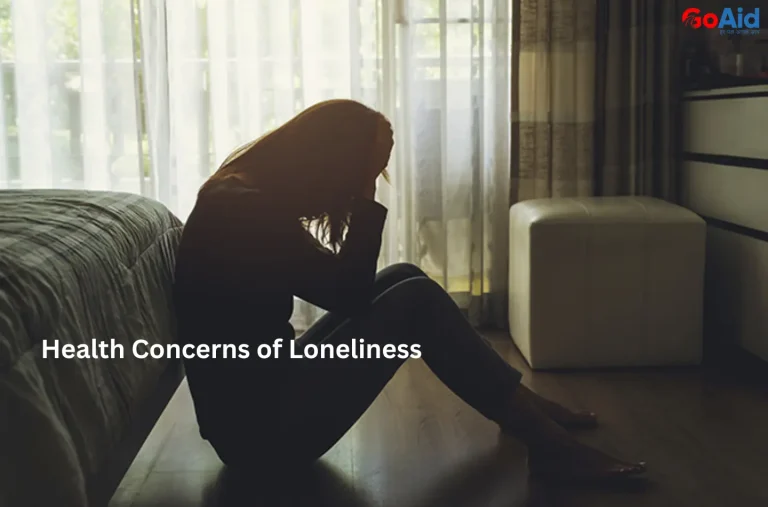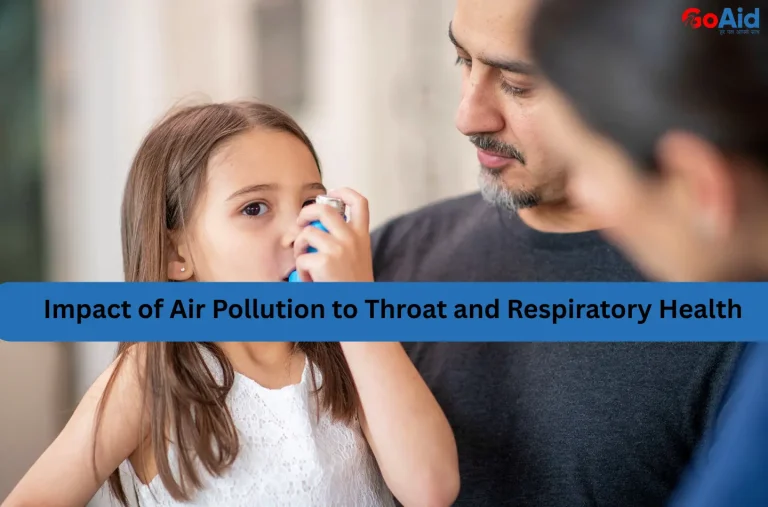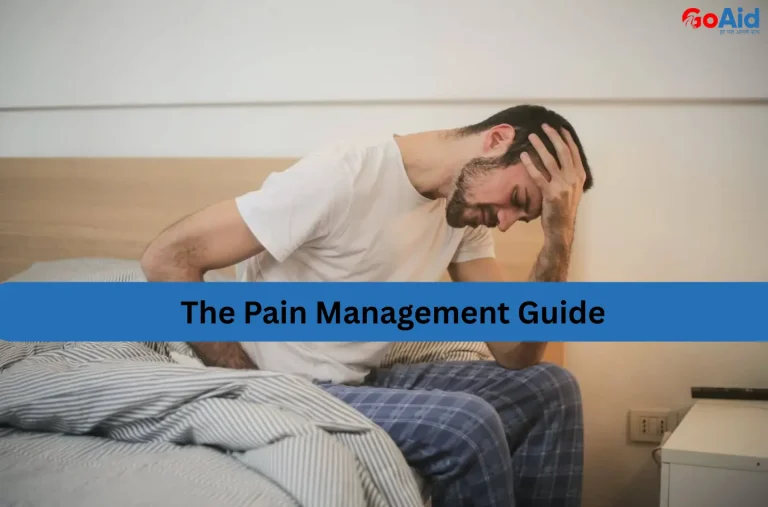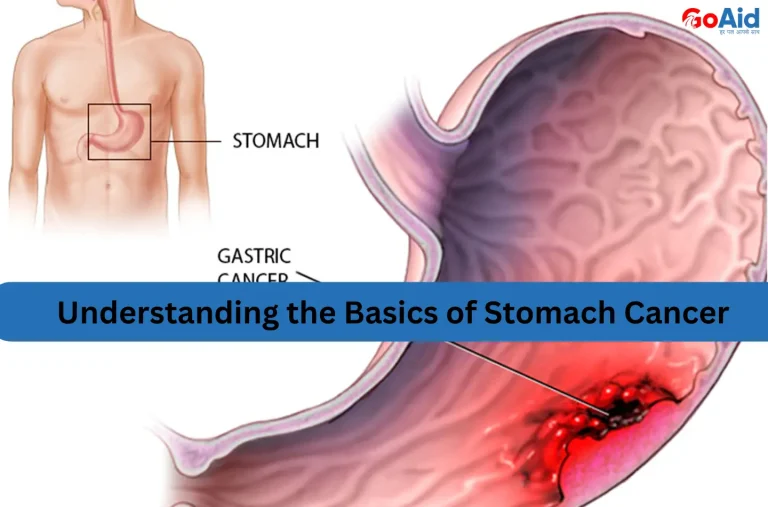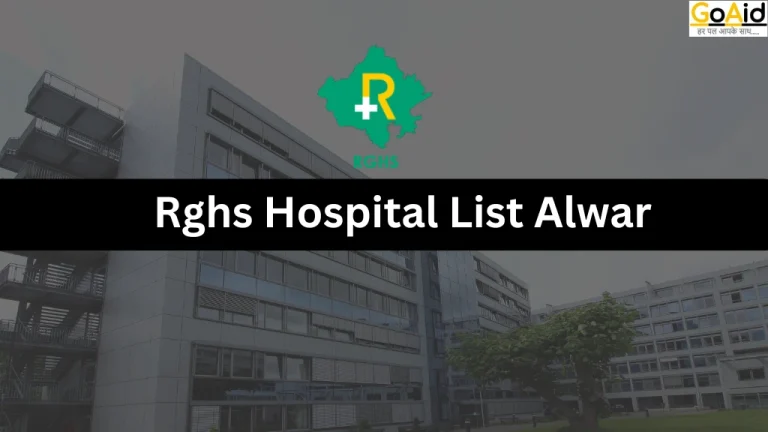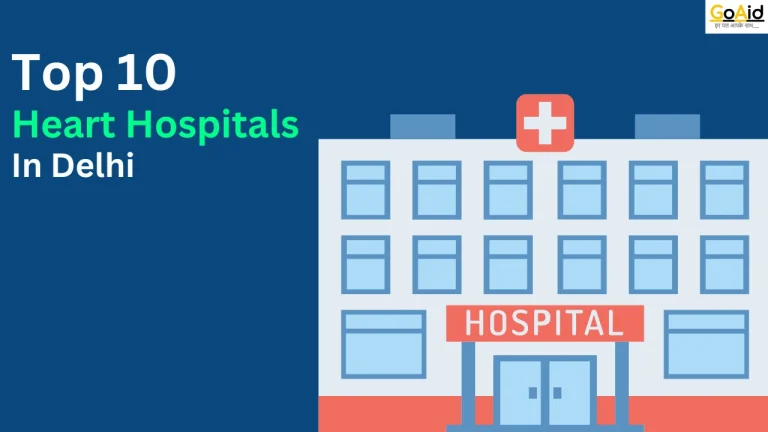In India, road accident cases keep increasing every year. A road accident can occur anywhere at any time. One should always know the first response guide because it can save lives during a road accident.
In this blog, we have provided you with the complete guide to first response in a road accident. This covers all the crucial steps, Dos, and Don’ts in a Road Accident. Are you interested in enhancing your knowledge as a first responder? If yes, then this blog is for you.
Let’s start reading
Complete Guide to the First Response Guide in a Road Accident
In the blog below, we have added all the details about the first response guide to a road accident. If you ever face any road accident involving others and the situation asks for your help, you must remember the things we have mentioned in this blog today!
What should be the first response to a Road Accident?
In the aftermath of a road accident, the first response can mean the difference between life and death. Your actions should begin with ensuring personal safety, followed by alerting emergency services immediately. Calling for help is the top priority, as trained responders can provide expert first aid for road accident injuries.
Next, try to secure the accident site. This includes activating hazard lights and warning others by placing cones or waving to slow oncoming trafficŌĆöbasic yet critical accident scene safety tips. Avoid moving the victim unless itŌĆÖs necessary. If youŌĆÖre trained, provide essential first aid like stopping bleeding or CPR until professional help arrives.
Stay calm and focused. Panic worsens the situation. Comfort the victim, take note of details, and report facts clearly to paramedics or police. Following such steps promotes road accident prevention, improves survival rates, and supports road safety rules in action.
Also Read: What is CPR & How to Perform CPR : A Complete Guide
Immediate Steps to Take at the Scene of a Road Accident
When involved in or witnessing a road accident, immediate and informed action is critical. Here are 10 essential steps to follow:
- Ensure Your Safety First: Ensure you’re not in danger before assisting. Prioritize accident scene safety tips to avoid further injury or accidents.
- Call Emergency Services Immediately: Dial the emergency number 8008280020 and provide accurate details. Quick reporting helps in faster first aid for road accident victims.
- Turn on Hazard Lights: Use vehicle hazard lights and cones (if available) to alert other driversŌĆöthis is an essential road safety rule.
- Do Not Crowd the Scene: Avoid gathering around the victim. Maintain space for emergency responders to deliver proper road accident first response.
- Check for Injuries: Examine if anyone is unconscious, bleeding, or in pain. Administer basic first aid for road accident victims if trained.
- Stop Bleeding if Possible: Use a cloth to apply pressure on bleeding wounds. This immediate step can prevent excessive blood loss.
- Do Not Move the Victim: Unless the victim is in danger (e.g., fire), avoid movement to prevent further injury, especially to the spine.
- Reassure the Injured Person: Keep the victim calm and conscious. Offer support and avoid panickingŌĆöcrucial in any road accident response.
- Provide Accurate Info to Paramedics: When help arrives, share the victim’s condition, what happened, and any first aid givenŌĆöthis ensures efficient accident scene management.
- Cooperate with Authorities: Give your statement honestly. Helping investigators is part of responsible road safety and accident prevention.
Also Read: How to Choose the Right Service Provider for Mortuary Transfers
Dos and Don’ts for Road Safety
Being prepared with the right dos and donŌĆÖts for road safety can greatly impact the outcome of an accident. HereŌĆÖs what you should and shouldnŌĆÖt do:
Dos in a Road Accident
- Call for help immediately:┬Ā Inform emergency services and mention your location and the number of injured.
- Stay calm and alert: Keep yourself composed to act wisely during a road accident.
- Turn on hazard lights:┬Ā Alert approaching traffic to avoid further accidents.
- Offer first aid if trained: Apply basic first aid for road accident victims without causing additional harm.
- Comfort and talk to the victim: Keep them conscious and informed until help arrives.
- Record important details: Capture photos and write down observations for investigation.
- Follow road safety rules afterward: Learn from the incident and help promote road accident prevention.
DonŌĆÖts in a Road Accident – Things to Avoid
- DonŌĆÖt panic:┬Ā Panic leads to mistakes; stay focused during emergencies.
- DonŌĆÖt move injured persons carelessly: You may worsen internal injuries or fractures.
- DonŌĆÖt ignore bleeding or breathing issues: These are critical and need immediate attention.
- DonŌĆÖt crowd the accident scene: It obstructs emergency responders and can confuse them.
- DonŌĆÖt leave without helping: Bystander support is crucial in road accidents.
- DonŌĆÖt argue with others at the scene: Stay respectful and avoid unnecessary delays.
- DonŌĆÖt take photos for social media: Respect privacy and focus on helping, not posting.
Know More: Ambulance Service for Political Railies
Things We Can Do to Avoid Road Accidents – Tips for Road Safety
The following tips for road safety practices and promoting awareness are key to accident prevention. Here are 7 essential tips:
- Always follow road safety rules: Obey signals and speed limits, and wear seatbelts.
- Avoid distractions while driving: Refrain from using phones or eating while on the road.
- Never drive under the influence: Alcohol and drugs severely impair judgment and reflexes.
- Use safety gear: Helmets for bikers and seatbelts for car passengers are essential.
- Be alert in poor weather: Fog, rain, or low light demand extra caution.
- Regularly maintain your vehicle: Faulty brakes or lights can lead to fatal accidents.
- Educate others on road safety: Spread awareness to strengthen collective accident prevention efforts.
Book Ambulance: GoAid Ambulance Service
Conclusion to the First Response Guide in a Road Accident
Every second counts in a road accident, and knowing the right steps can make all the difference. This first response guide empowers individuals to act wisely and safely, ensuring immediate help and support. From using accident scene safety tips to applying first aid for road accidents, each action plays a role in reducing casualties.
Following road safety rules and learning the dos and donŌĆÖts in a road accident not only helps in emergencies but also contributes to the prevention of road accidents. As responsible citizens, letŌĆÖs stay informed, prepared, and committed to promoting a safer road environment for all.
FAQs related to the First Response Guide in a Road Accident
Question 1: What is the first thing to do in a road accident?
Answer: Ensure personal safety, call emergency services, and assess the situation calmly using basic accident scene safety tips.
Question 2: Should I move an injured person after a road accident?
Answer: No, unless there’s an immediate threat. Moving can worsen injuries, especially to the spine.
Question 3: Can I give first aid without medical training?
Answer: Yes, if it’s basic like stopping bleeding, but avoid advanced aid unless you’re trained.
Question 4: How do I report a road accident quickly?
Answer: Call 100 or 108 and give your exact location and details of the injured.
Question 5: Why should hazard lights be used after an accident?
Answer: They warn other drivers, reducing further collision riskŌĆöan important road safety rule.
Question 6: What not to do in a road accident?
Answer: DonŌĆÖt panic, move victims carelessly, or block emergency services.
Question 7: What are the key measures for road safety?
Answer: Obey traffic rules, avoid distractions, wear safety gear, and never drink and drive.
Question 8: Can I take photos at the accident scene?
Answer: Yes, but only for legal purposes. Avoid sharing on social media.
Question 9: How can we avoid road accidents?
Answer: Follow road safety rules, stay alert, avoid speeding, and ensure your vehicle is well-maintained.
Question 10: Is giving false information to the police a crime?
Answer: Yes, always give accurate facts during accident investigations to support justice and prevention.

